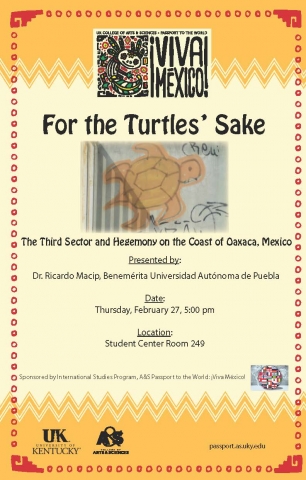This documentary is narrated by Gilberto Bosques and some of the protagonists of the Jewish and Spanish Republican refugees who arrived in Mexico between 1939 and 1942. After the defeat in the Civil War against Franco, Mexican president Lázaro Cárdenas sent Bosques to serve as Consul General in Paris. Once the war broke out, the consulate had to move to Marseilles, where Bosques dedicated his prodigious energies to rescuing as many people as possible by issuing them passports to Mexico. He was responsible for saving the lives of thousands of Jews and Spaniards persecuted by fascism. VISA AL PARAISO is a testimony to this unknown humanitarian mission that to this day remains a remarkable chapter of the history of Mexico.
Lillian Liberman
Lillian Liberman, the daughter of Russian emigrants, is an internationally renowned Mexican filmmaker. Chicoca, her film about child abuse was presented before the World Health Organization in Geneva and the Interamerican Society for the Prevention of Child Abuse, and won two Best Documentary prizes: the Uruguayan Film Festival and the Havana Film Festival. Her film Visa al paraíso [Visa to Paradise] features the strategic role Mexican diplomat Gilberto Bosques, as the Mexican Consul in France, played in saving the lives of many persecuted Jews and Spaniards during World War II. Liberman holds an undergraduate degree in French from the National University of Mexico (UNAM) and simultaneously took all the courses offered at the Sorbonne’s French Institute of Latin America in Mexico. She was a faculty member of French instruction at the Center for Foreign Language Instruction at UNAM. She obtained a degree in film Direction from the Center for University Studies on Cinematography at UNAM.
Documental narrado por Gilberto Bosques y refugiados Judíos y Españoles que llegaron a México entre 1939 y 1942. Luego de la derrota en contra de Franco durante la Guerra Civil, el presidente Mexicano Lázaro Cárdenas nombró a Bosques como Consul General en París. Al comienzo de la Guerra, sin embargo, el consulado se tuvo que trasladar a Marsella, lugar en donde Bosques se dedicó a rescatar y ayudar a Judíos y Españoles dándoles visas y pasaportes Mexicanos. VISA AL PARAISO es un testimonio al trabajo que Bosques realizó y que al día d ehoy sigue siendo un gran capítulo en la historia de México.
Lillian Liberan, hija de emigrantes Rusos, es una directora y productora de películas muy reconocida en México. Su películ Chicoca, trata sobre el abuso infantil y fué presentada en e World Health Organization en Geneva y en la organización Interamican Society for the Prevention of Child Abuse. Chicoca ha ganado dos premios de mejor documental, uno en un Festival de Cine en Uruguay y otro en el Festival de Cine e la Habana. La película Visa al Paraíso presenta el rol crucial de Gilberto Bosques durante la 2da Guerra Mundial en rescatar y ayudar a Españoles y Judíos.

 rdo Macip from the Universidad Autónoma de Puebla will be giving a lecture about one of Oaxaca's most treasured creatures: the turtle.
rdo Macip from the Universidad Autónoma de Puebla will be giving a lecture about one of Oaxaca's most treasured creatures: the turtle.
